Holiday Activities
Marine Mystery - What am I?
Hint : it is one of our favourites !
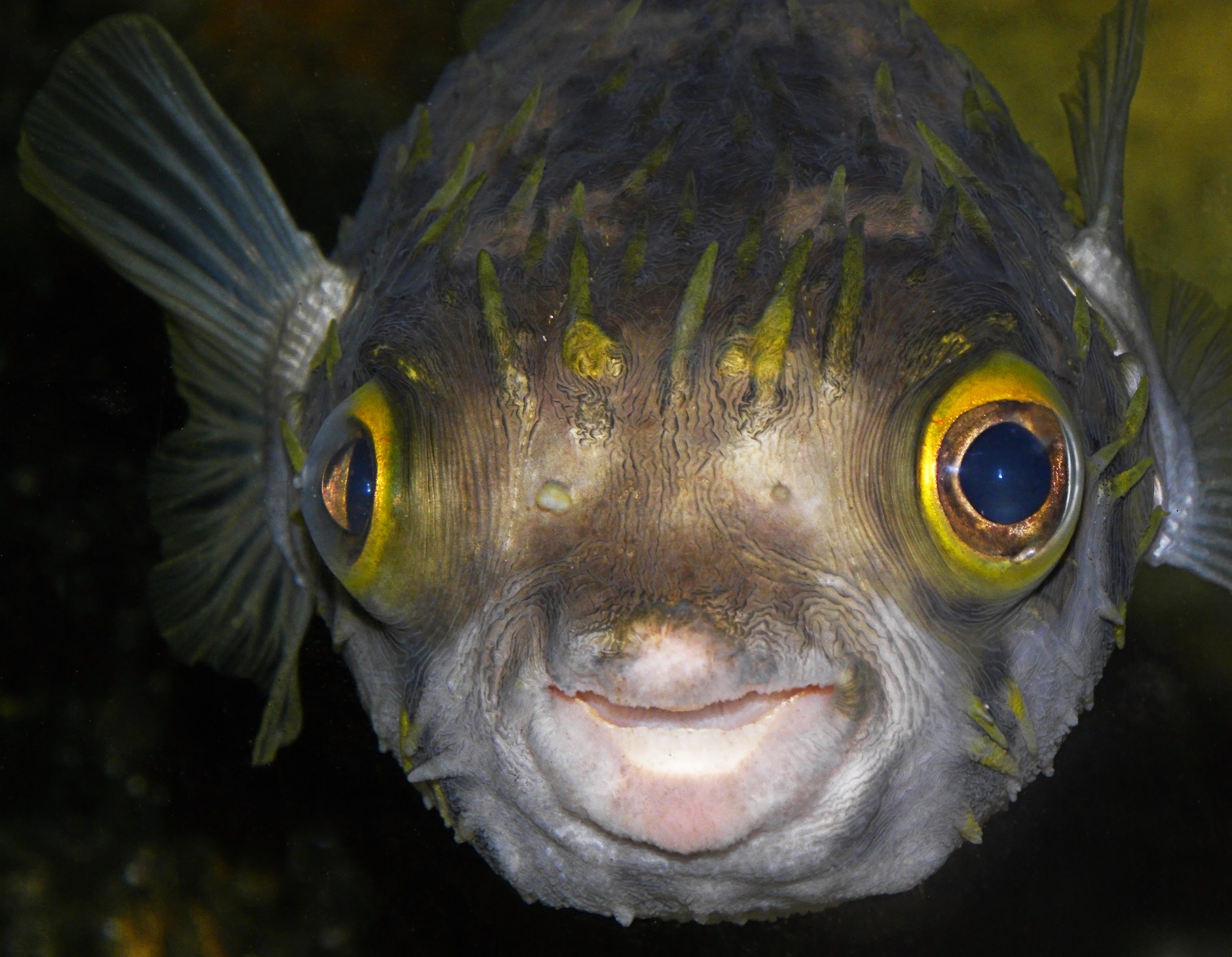
Pufferfish teeth are fused together into a beak-like structure surrounded by powerful jaw muscles. They are strong enough to crush shells so make sure you keep your fingers away from their mouths if you need to handle them if caught and you are releasing them back into the water as quickly as possible.
Aquatic CSI - detecting an invisible killer - ammonia
Checking ammonia levels is important in fish tanks. It is formed from the metabolism of protein and is the major waste product of fish, it can also come from uneaten food or other organic matter in an aquarium. A build-up of ammonia in tanks can cause stress, gill and organ damage and eventually death. While Sean was on work placement from Deakin, he tested our classroom tanks and levels were OK for fish health. If you have tanks at home or just want to learn a little more on water quality, go to these great short videos from The Aquarium Vet.
Pets not Pests
I was introduced into Australia in 1870's and I'm a very popular aquarium fish and make a great pet but I become a pest when I am illegally released because I am no longer wanted or used as bait.
I will eat any fish that fits into my mouth including my own babies and females can lay over 1,000 eggs at a time.
I can grow to over 30cm and weigh more than 2kgs if released into the wild.
Can you find something in your home that weighs 2kg - that's one big goldfish! If you no longer want your goldfish, find them a new home, please don't release them into our waterways.
Friday Mystery Object
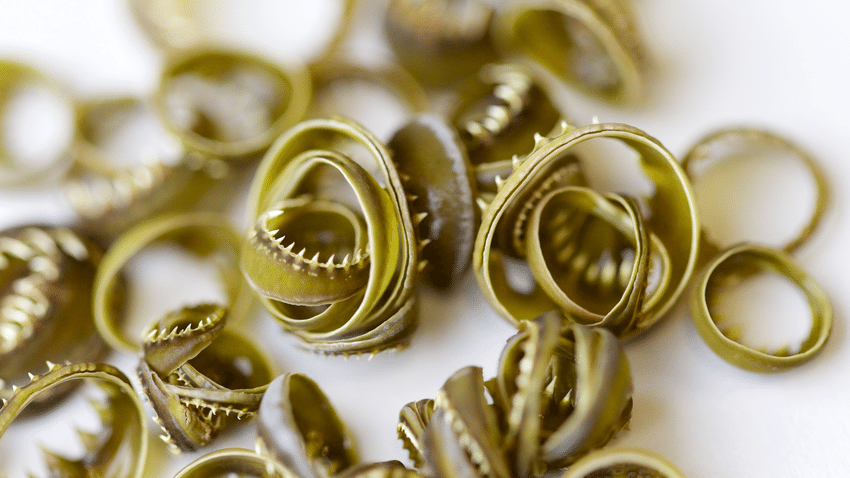
Photo source : Steven Keating, 2016
Our Friday mystery object are squid teeth from squid suckers.
Squid use them to grip onto prey and scientists have discovered the teeth also have properties which could be used in future smart fabrics and materials (without harming a single squid)
Read more about this here:
Fruit and vegertebrates
We had a go at invertebrates last week, time to give the back boned animals their time on the plate!
Fish are probably the first vertebrates we think about in the marine and freshwater environments... but there are heaps more.
Time to get the veggies out along with the fruit.
Make your own fruit and veg vertebrate ..… send us a pic on facebook or to marine.discovery@vfa.vic.gov.au pics need to be in by 12pm Friday 1 October then eat your masterpiece
One that looks yummiest wins a prize.
Marine Mystery - What am I?
We will post the answer later today.
Our mystery object is the jaws of a Port Jackson Shark (Heterodontus portusjacksoni)
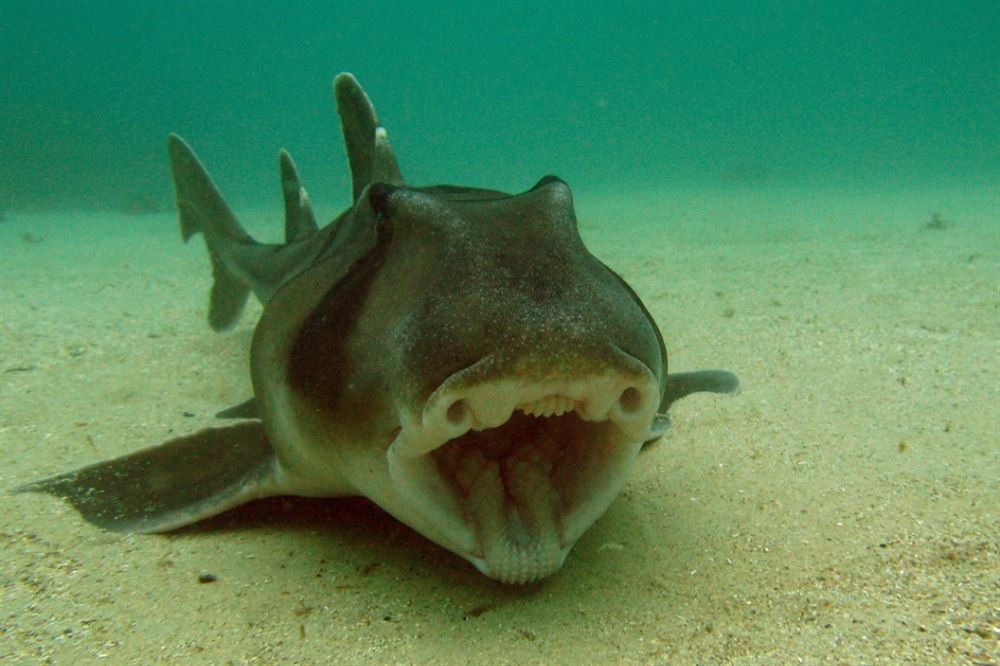
Looking at those amazing teeth (small sharp ones at the front and crushers at the back), one of its other common names may be more appropriate – the Oyster crusher. We have been lucky enough to see these beautiful sharks just off the beach in crevices where they get together in groups during the winter breeding season. Have you seen their corkscrew shaped eggs wash up on the beach? Read this article to find out more
Vacuuming - MFDC style
A regular job here at the centre is vacuuming - the floors and our tanks! Vacuuming is a way of keeping the tanks free of debris and maintaining the helpful bacteria needed for a healthy environment. Great to have Sean our work placement student helping to vacuum the goldfish tank.
If you have a tank at home, the Aquarium Co-op has a great video with lots of tips and tricks to make vacuuming fish tanks easy.
Critter Spotlight (thanks to Sean our awesome work placement student!)
When is a crab not a crab?
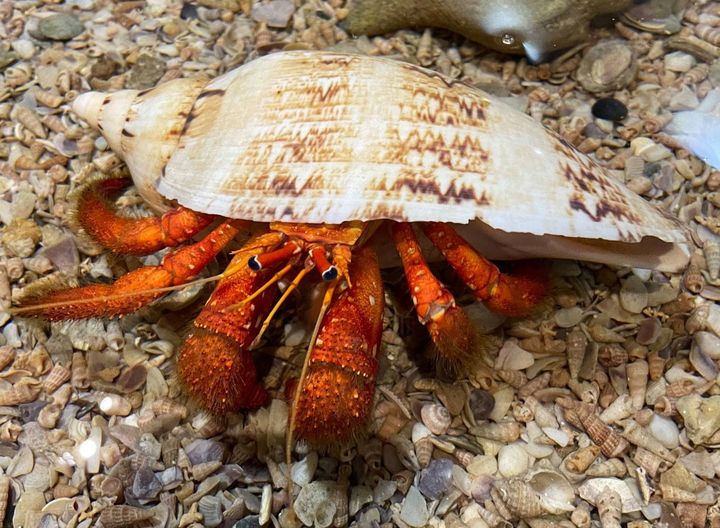
When it's a hermit crab - despite their name, hermit crabs are not 'true' crabs. Hermit crabs only have a hard exoskeleton on the front of their bodies, the soft tail is hidden and protected in a hard shell from a marine snail. Hermit crabs are more related to some species of lobsters.
Hermit crabs are very social and when a new shell is found, they can lineup in order of size and find which member of the group fits the shell the best.
Here is a picture to colour
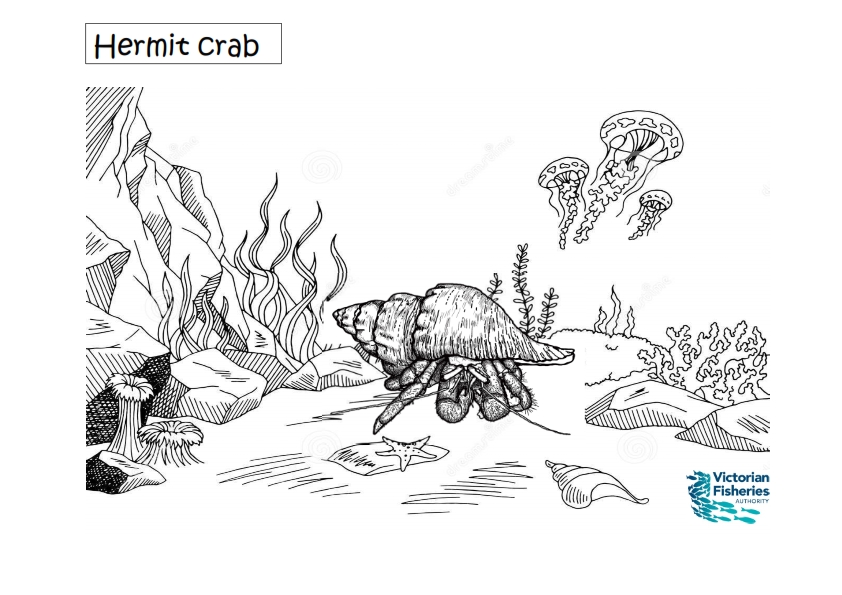
How many beasties can you see in this poster
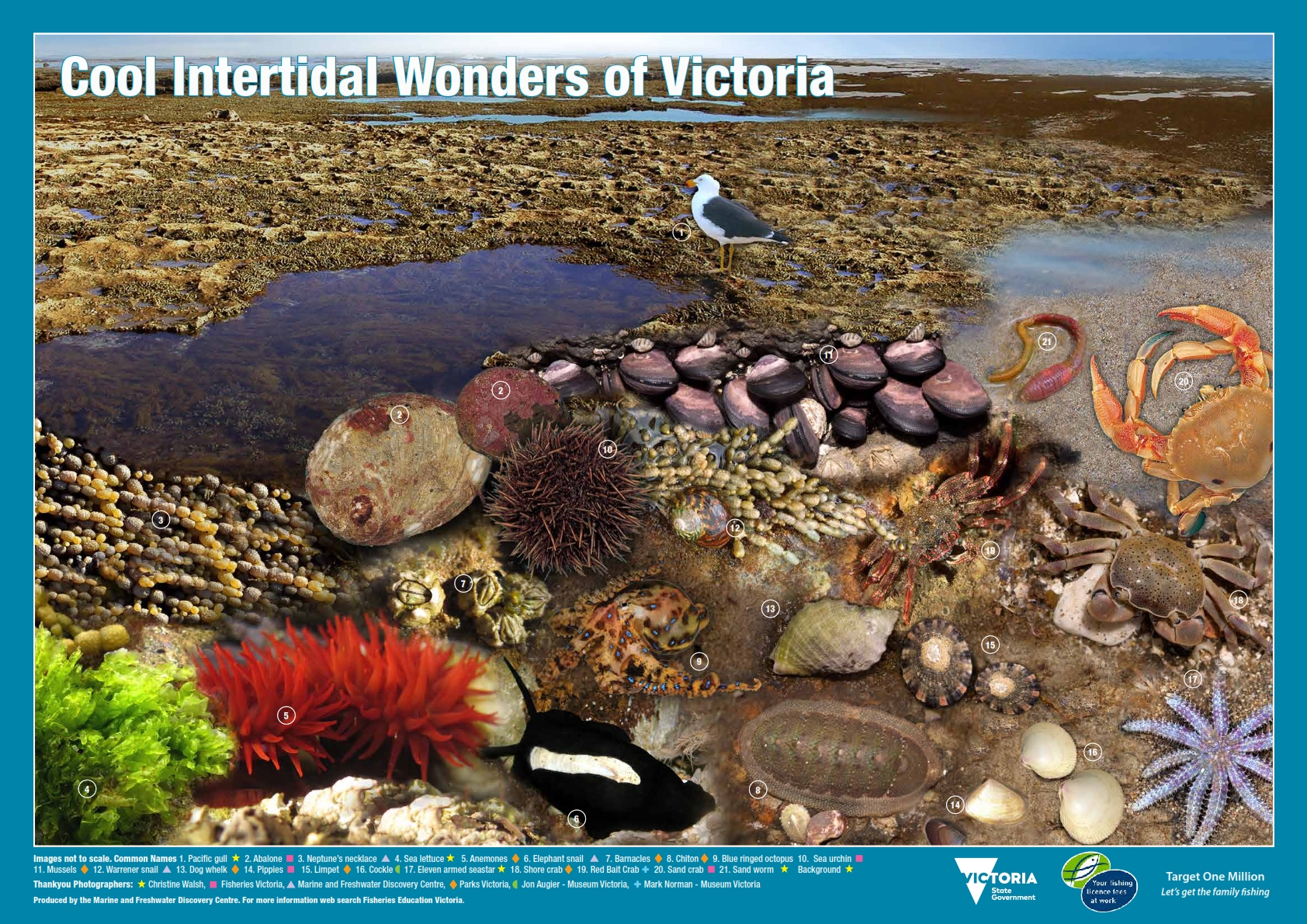
This picture shows the ITZ, a special place on the coast that we can all visit. The ITZ starts on land at the highest high tide mark and goes into the sea to where the water is 2 metres deep. At low tide you can see seaweeds and many animals living in the ITZ.
Download the poster and then see if you answer all these Questions.
